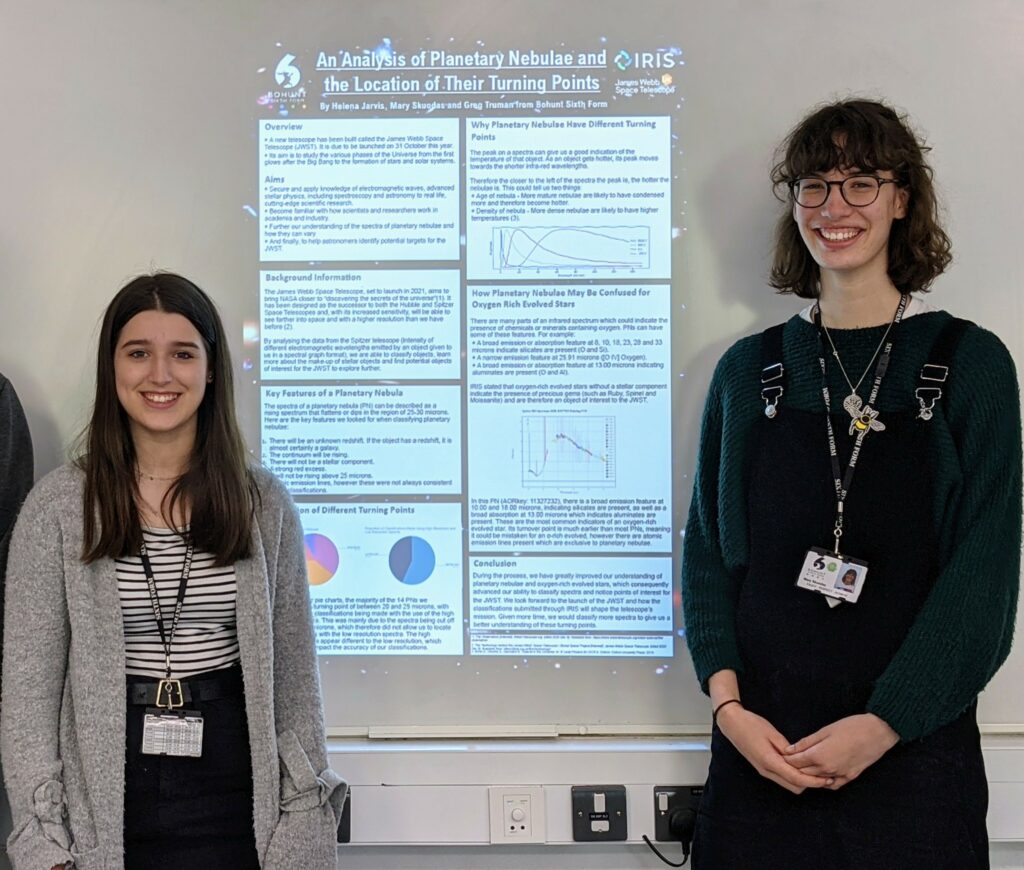Young scientists from across the UK and beyond presented the outcomes of their research at the Institute for Research in Schools (IRIS) Virtual Conference. Their work seems particularly spectacular when one considers they achieved it all against the backdrop of a pandemic and its resulting disruptions.
“We have been very impressed by the student led research we’ve seen this academic year. The fantastic examples of research from students across the UK, in both state and private education, illustrates what young people can do when given the opportunity to conduct real research at school. As you listen to their presentations, you cannot deny that their experience has enhanced their knowledge of the subjects, and for many, sparked their passion for the subject,” says Jo Foster, Director for Research in Schools.
The IRIS conference is an opportunity for young researchers across the UK to exhibit artefacts and present their findings with their peers and the wider scientific community. The audience includes academics and researchers from the Imperial London, UCL, and University of Oxford in addition to CERN and Wellcome Sanger.
Top reseach projects from 2020-21
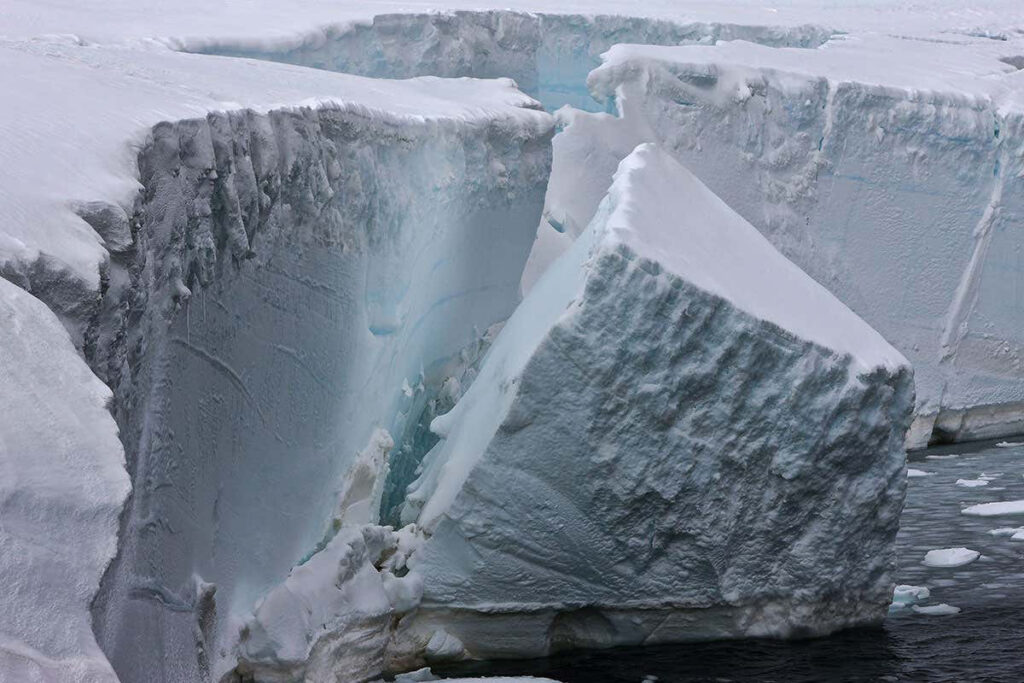
Norwegian students investigate alarming movements of Antarctic glaciers
A group of Year 11 students from the Asker videregående skole in Norway helped scientists evidence the dramatic environmental changes in Antarctica.
The students have been tracking the Thwaites Glacier and a rotating iceberg just off the Brunt Glacier as part of Earth Observation. The project encourages young researchers to investigate glaciological features, floods and fires; how they change overtime and their potential impact on local communities. Students’ research contributes to scientists’ efforts to understand our changing landscape.
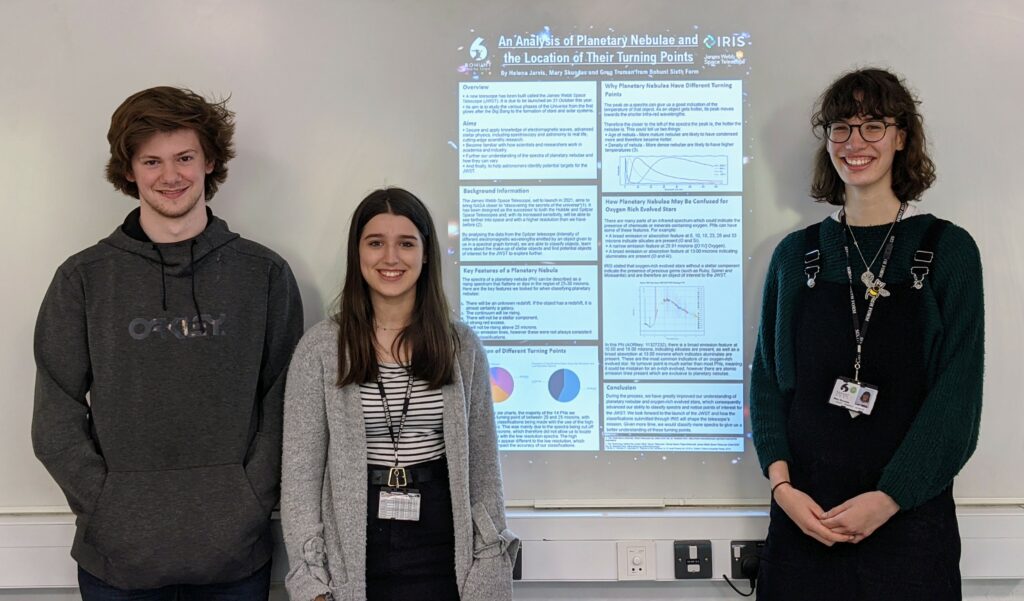
Stellar research to aid STFC astronomers preparing for James Webb Space Telescope
Students from Bohunt Sixth Form analysed stellar objects throughout lockdown to aid astronomers preparing for the launch of the James Webb Space Telescope (Webb) – the largest, most powerful and complex space telescope to ever be built and described by NASA as the world’s premier science observatory for the next decade. Scientists at the Science and Technology Facilities Council (STFC) acknowledged the students’ contribution to Cosmic Mining – a project aimed at identifying unusual stellar objects and potential targets of interest for the JWST.
The young scientists from Bohunt analysed data from the Spitzer Space Telescope. They learnt how to examine and classify stellar objects, finding 14 planetary nebulae – shells of luminous gas emitted by dying stars – by a tell-tale turning point in their spectra. The project gave the students a taste of what real research is like while also learning and then using techniques used in professional astronomical research to examine the data.
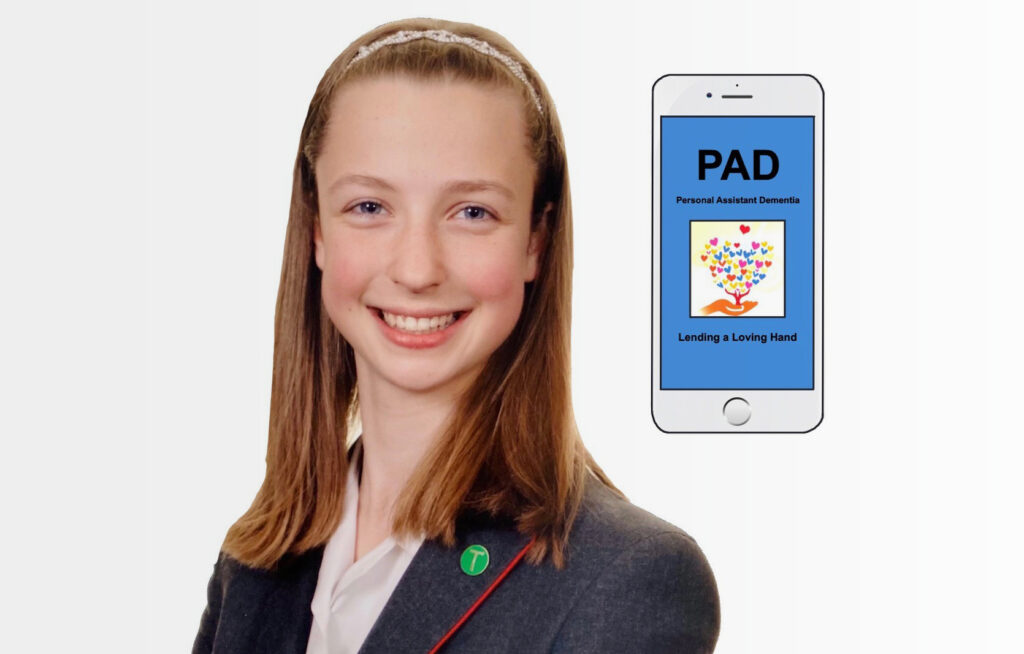
Lady Eleanor Holles student creates app to improve lives of dementia sufferers
A 15-year-old Catherine James from Lady Eleanor Holles School in London has designed an app to help enhance the quality of life of patients in the early stages of dementia.
Catherine developed the Personal Assistant for Dementia (PAD) after spending time with dementia sufferers and their families while on holiday in the summer of 2018. She set about creating a digital app that would help patients remain independent for longer, enhance their quality of life and enable them to avoid some of the costs of their care.
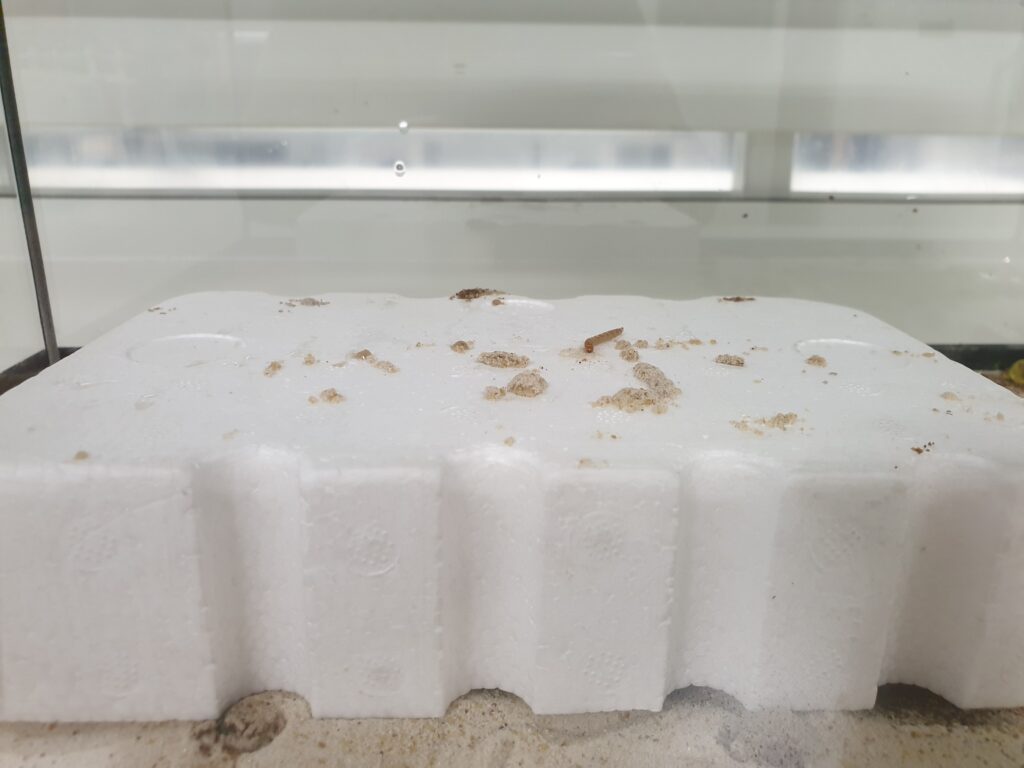
Plastic Lunch: can mealworms digest plastic waste?
Students at Liverpool Life Sciences UTC have begun a new research project examining whether mealworms can digest plastic waste, potentially providing a solution to one of humanity’s greatest environmental challenges.
The year 9 students, known as the Real Meal Group, have been studying mealworm larvae under a scanning electron microscope (SEM) – a powerful microscope that scans a beam over an object to obtain information about its surface topography and composition – to investigate the digestive abilities of the animal. The college has been loaned the SEM in a partnership led by IRIS with Hitachi High Technology, the Natural History Museum, the Royal Microscopical Society and Queen Elizabeth’s Grammar School in Kent.
